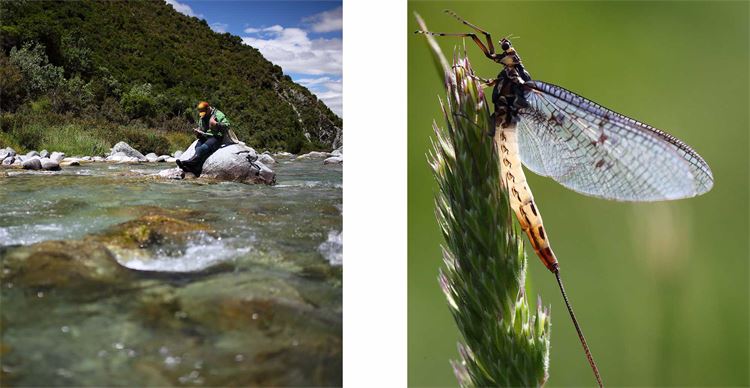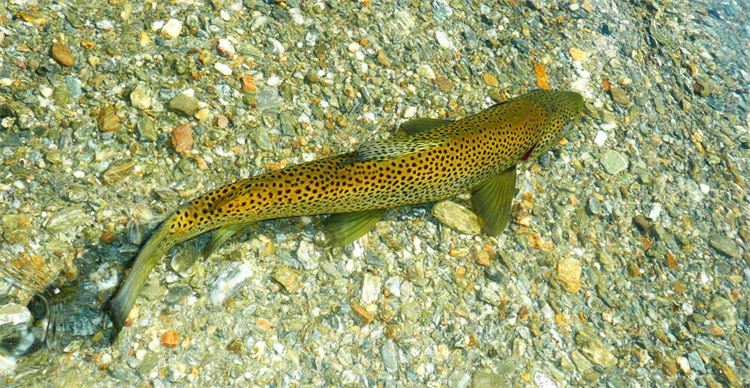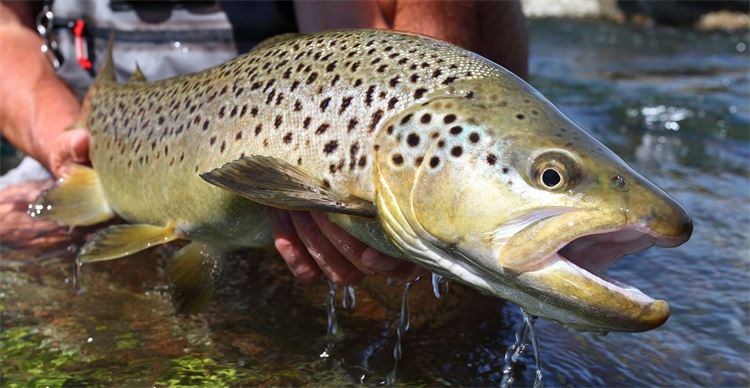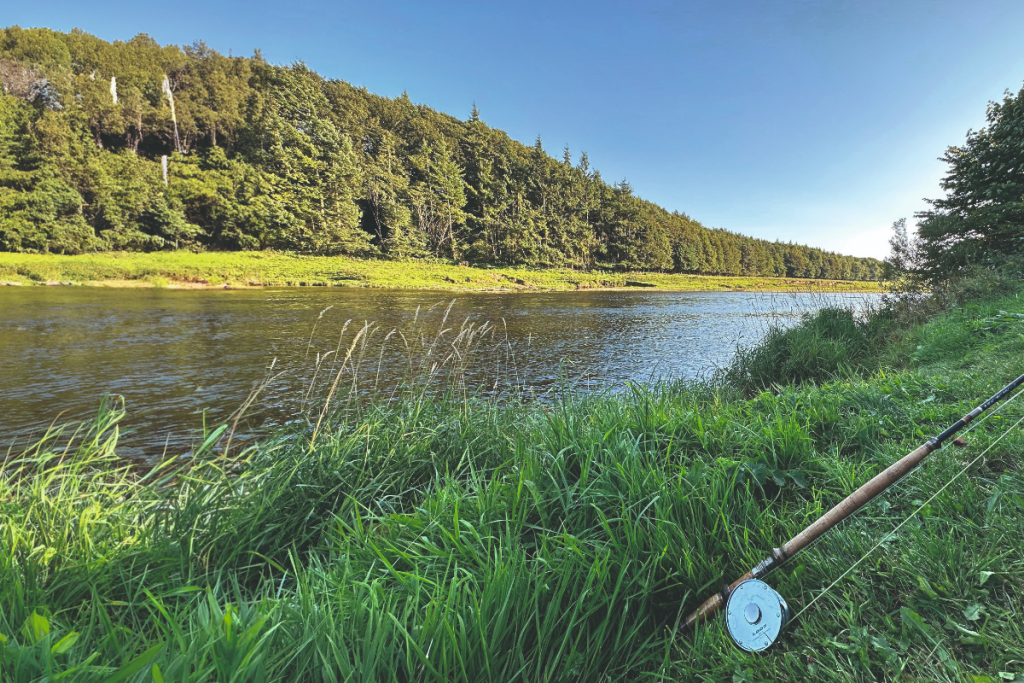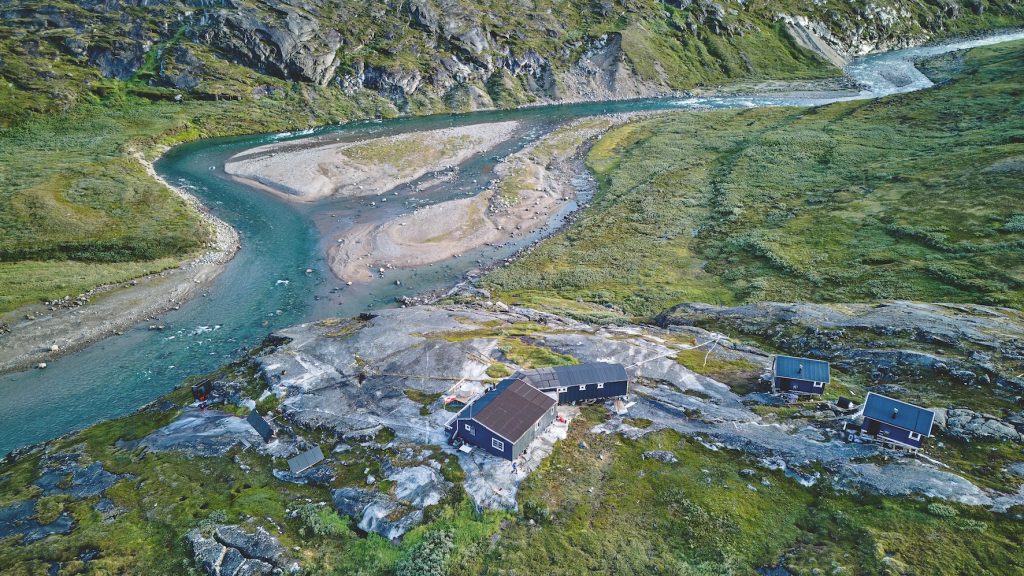How to catch more trout
Five top tips for catching more trout.
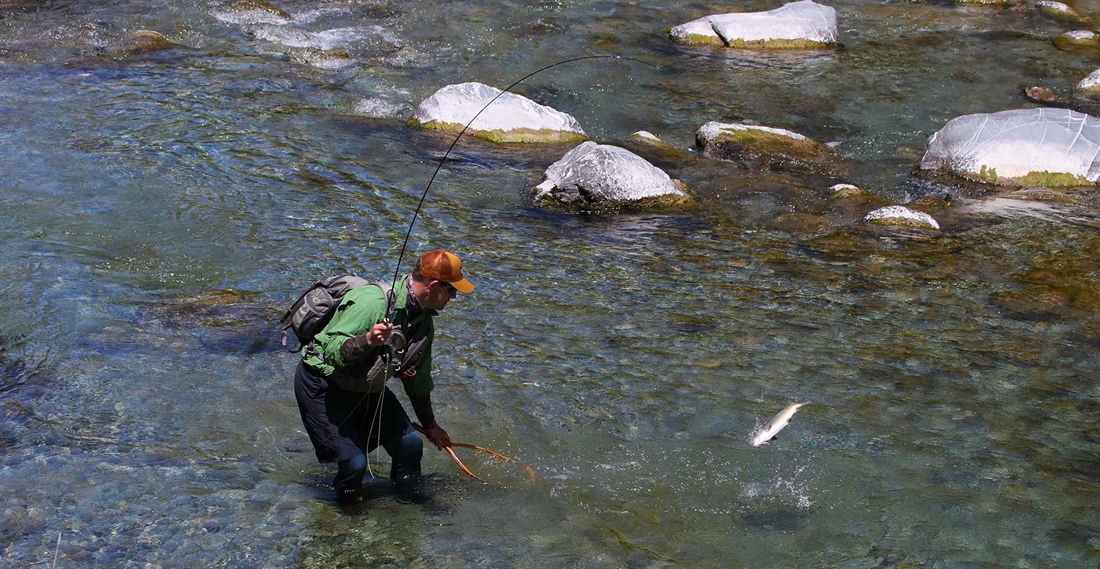
For most of us, fishing is rarely only about catching fish. The all-encompassing experience of time spent in stunning surroundings with good friends is an important part of the sport we all love. However, were we to go through the fundamental motions without actually ever catching any fish at all, our chosen hobby could probably be renamed ‘frantic stick waving’, or ‘river thrashing’.
All (accomplished) anglers ponder on exactly how we can catch more or bigger fish. Over time I have, through my own experience and conversations with guides, friends and other anglers, distilled my own thoughts into a series of fundamental points that I believe would result in most fly fishermen catching more fish. You may agree with me, or think that the points I make are the machinations of an overactive ego, however they are simply opinions, so should be taken as anything but gospel truth.
ONE: Free. Your. Mind.
As a discipline, fly fishing can be very conservative. As a collective and as individuals we are prone to repeat the behaviours and methods of the past, certain in our conviction that they have worked before and so will again. While this may be true, freeing one’s mind can also work wonders, even if for our purposes it isn’t so we can do something as cool as dodging bullets.
The mindset adopted does not have to be as stern as that of Lawrence Fishburn’s, however, listening to the advice of others and thinking outside of the box can work wonders for one’s fishing. This is no more so than if a good guide passes on a nugget of information or advice. Remember, an experienced guide has probably been fishing hard for years and spends more days on the water in the course of a year than many of us spend in a decade.
I am lucky to count several fishing guides amongst my group of friends. One of these is a Spanish guide, Luis Meana. Luis is without a doubt a superb angler, however he is also brilliantly eccentric. The first time I fished with him was a few years back when I went to Spain to chase barbel on dry flies. While there, he pretended to be a barbel rising to a dry fly (on several occasions) and also expanded at length about the trout streams he fished and the methods he uses to fish them: 24ft leaders tapered to very fine tippets with tiny dry flies.
At the time, I was sceptical. I simply couldn’t understand why such a long leader would possibly be needed and indeed how it would work on a small trout stream. However, when I returned to Spain the following year to fish some of Luis’ small trout streams with him, my scepticism rapidly evaporated. Such long leaders require a distinct casting style and stroke (think very fast, short strokes with a pronounced wrist snap on the delivery), not to mention the fact that the cast is often made with just a foot or two of fly line outside the rod tip. With such a long, fine leader the flies are free to drift completely drag-free and the presentation that results is incredible. It can be downright frustrating to get the leader to do what you want, but if you persevere it works in Spain and I can tell you it works here in the UK equally well.
This is a specific example and it relates to the most classic way of fishing for trout: dry fly. However, conditions are not always ideal for this method. So give French nymphing a try (it’s deadly), or loop on a sink-tip and a big, dirty streamer. You never know what might happen.
TWO: Observation, imitation, presentation
The mantra of the trout angler has previously been described as ‘observation, imitation, presentation’. Sensible, practical and taciturn. However, such a simple statement then blossoms into the vast complexity that is fly fishing. This complexity can, however, be stripped back by remembering that what we are trying to do is essentially very simple.
All anglers, no matter how they are fishing, are attempting to do two things: 1) Put something with a hook in it into the near vicinity of a fish such that it can find it, and 2) persuade said fish to open its mouth and eat the fly, lure or bait. In the case of fly fishing, we have to employ our own form of casting to get a concoction of feather and fur into the path of our chosen quarry.
In the process of trying to do this, remind yourself that trout are not intelligent. They may give the illusion of ‘intelligence’ but they are essentially creatures of instinct, albeit well-honed over millennia of evolution and in the case of big trout, years of individual experience. Their instinct is to eat, reproduce and not be eaten themselves. When fishing for a feeding trout, remind yourself that the fish is pre-disposed to eat things floating over its head or past its nose, not refuse them. If we consider fishing for trout with dries, a trout eats an exponentially higher number of actual insects from the surface than it does anthropogenic concoctions.
Based on simple probability alone, the chance that any ‘insecty’ object floating overhead is actually an elaborate trap with a portly chap in waders at the other end is very slim.
My belief, and that of several friends, is that as long as the fly looks (and even that is often not critical) and behaves roughly like the insects on which a trout is feeding, the trout has no reason not to take it. If it doesn’t, it’s a wasted meal. If it does, the vast majority of the time it will be edible or at worst something inedible but innocuous like a grass seed or piece of leaf.
The key word here is ‘behaves’ and this is a component of presentation. The way in which the fly moves (or doesn’t move) interacts with the actual biological behaviour of the trout to give us the presentation of the fly. However, our presentation starts the moment we see a trout or a likely lie and start to approach it.
Do not let the trout see you. Don’t break the skyline, keep low, keep your rod tip low, wade quietly and watch the water. If fishing a river that contains decent sized trout, it always pays to stand back and watch for a while before fishing a pool. A trout ‘knows’ every inch of the pool it calls home, as well as the bankside around the pool. If something about its surroundings changes, it will become alert for danger. Again, this isn’t intelligence as I would define it; it’s an instinctive response honed by evolution to reduce the chance of it being eaten by something or someone else.
When getting into position, think about the current. How will your line fall on the water? Will your line encounter drag quickly? When you finally make the cast, make sure that you remain unseen and ensure that your fly doesn’t drag upstream or on top of the fish. Insects, seeds and leaf fragments on the whole don’t do this. This point rolls straight on from the previous one. As anglers, we need to be able to efficiently carry out point one in the two-phase angling plan – we have to put the fly in a position such that the fish can detect it. If we don’t or can’t do this then point two is simply moot. The key here is being able to learn to cast well. However, what does that mean?
It doesn’t mean you have to be able to cast a fly 120ft on a 5wt. Nor do you have to understand the technical intricacies of drift, overhang, creep and double-haul timing. That said, having an understanding of all of these components of a cast can only help. In my experience, where the game is won or lost is in accuracy and precision.
The best anglers I have been privileged to fish with have been competent casters. Some of them can’t throw a whole fly line, but what they can do is cast accurately off both shoulders, and cope with wind. Gaining these skills isn’t some kind of black magic, it just takes time and effort. If you are serious about becoming a better trout angler, take the time to get a casting lesson or two and practise your casting on grass. Don’t think that you will practise when you get to the river, because you won’t. There are infinitely more exciting things to do when you get on the water than checking whether your tracking is straight or you are timing your haul correctly. So spend some time casting in the garden, local park or field, particularly on a windy day when casting becomes more difficult. It allows one to concentrate purely on the mechanics of the cast without any of the distractions of the river.
I always notice the difference in my fishing when I haven’t cast for a while. Old faults flair back up and my tendency to creep and over-power my stroke comes to the fore. If one were to draw an analogy with another sport, such as golf, serious golfers will all spend time practising their swing and putting before they head out in anger in plus-fours and a golf cart. The vast majority of fly anglers seem loathe to do the same when it comes to their chosen pastime and it will let them down, time and time again.
Three: Cast well, catch more
This is much easier said than done. However, it is critical at the point when you are attempting to cast to a fish. I recently asked a guide I was fishing with in Australia about the common characteristics he has observed in the best anglers he has fished with over the years, and he commented that a common shared trait was the ability to remain calm when the pressure was on.
Most of us can go to pieces when we see the push of water from a decent trout taking something from the surface. Unless you are an angler who religiously practises their casting, the chances are that when you have to make that cast to a rising fish, you will sometimes rush the cast, creep (start the next stroke before the fly line loop has unfurled from the previous stroke) and everything will go to pot.
Being able to keep calm is not easy, however there are a few tips that can help. To start with, keep in mind that in most cases, if you have got into position carefully and the fish is still feeding, you will have time on your side. So, get everything ready and make sure you’re not standing on the fly line and you don’t have a tangle in your tippet.
Before you make the cast, consciously drop your shoulders. I find that this simple act helps to forcefully calm me a little. If you are fishing with someone else and they are getting excited, keep your cool and respond in an overly calm manner to them and any questions or instructions they pose – it helps to diffuse the situation and calm everyone down.
Four: Stay calm
Unless you are blessed with an eidetic memory (and the evidence suggests that no human ever actually has been), keeping a diary will help you to recall fishing trips of the past and learn from previous experience. I can’t count the number of times I have been heading out to fish a stretch of water and have quickly flicked back through my diary to check a vague memory from a previous season.
In particular, I tend to record facts like the fly I caught on, where I caught fish (in the case of a particularly good fish, I sometimes knock up a quick sketch of a pool or lie), what the weather was like, approximate river height and if there was a hatch, when it was and the species that was hatching. All of these facts will help you to identify how, where and when to fish and will ultimately lead to you catching more fish when you get to the river.
At the very least, I hope that the points considered here stimulate some interest and prompt some thought as to how you approach the river next time you head out, rod in hand. At best, I hope it might even help put a few more fish in the net.
Five: Keep a diary
Unless you are blessed with an eidetic memory (and the evidence suggests that no human ever actually has been), keeping a diary will help you to recall fishing trips of the past and learn from previous experience. I can’t count the number of times I have been heading out to fish a stretch of water and have quickly flicked back through my diary to check a vague memory from a previous season.
In particular, I tend to record facts like the fly I caught on, where I caught fish (in the case of a particularly good fish, I sometimes knock up a quick sketch of a pool or lie), what the weather was like, approximate river height and if there was a hatch, when it was and the species that was hatching. All of these facts will help you to identify how, where and when to fish and will ultimately lead to you catching more fish when you get to the river.
At the very least, I hope that the points considered here stimulate some interest and prompt some thought as to how you approach the river next time you head out, rod in hand. At best, I hope it might even help put a few more fish in the net.
Related Articles
Get the latest news delivered direct to your door
Subscribe to Fieldsports Journal
Elevate your experience in the field with a subscription to Fieldsports Journal, the premium publication for passionate country sports enthusiasts. This bi-monthly journal delivers unparalleled coverage of game shooting, fishing and big game across the UK and beyond.
Each issue offers a stunning collection of in-depth features, expert opinions and world-class photography, all presented in a timeless yet contemporary design.
Save 10% on shop price when you subscribe, with a choice of packages that work for you. Choose from Print & Digital or Digital only with each journal delivered directly to your door or via the app every other month, plus access to past issues with the digital back issue library.






